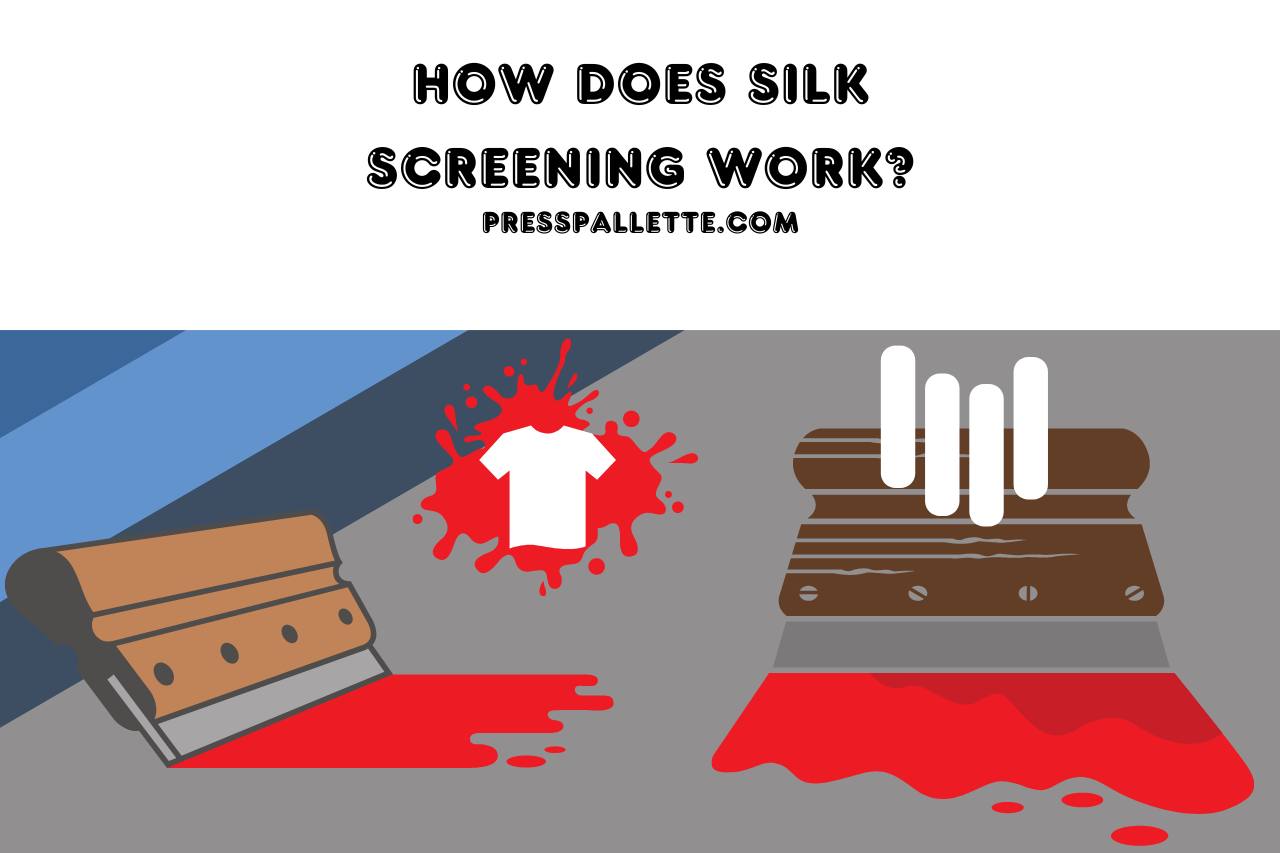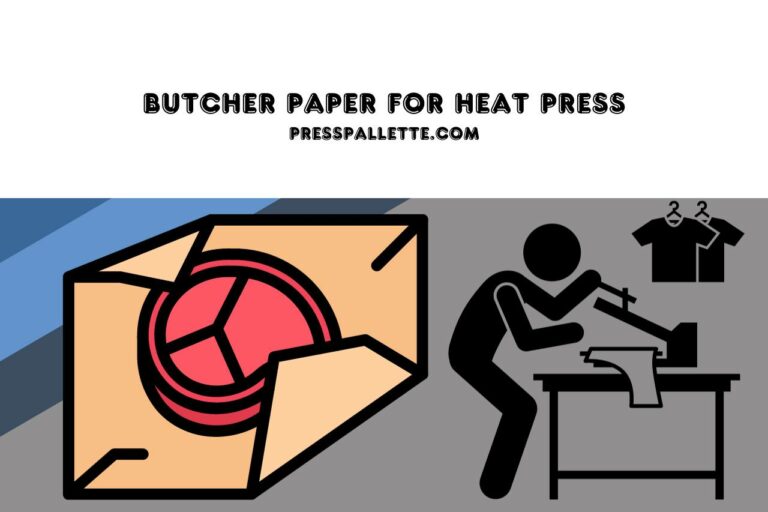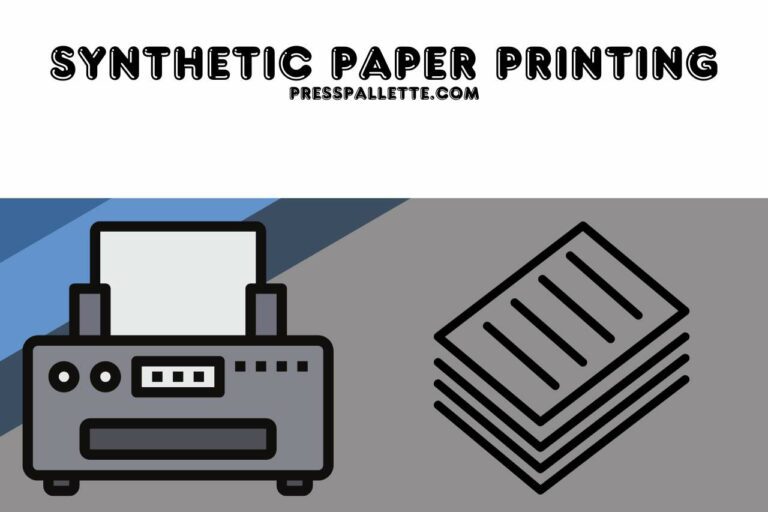How does Silk Screening Work? (Basics and Beyond)
Many mass printing processes nowadays are centered around screen printing. Another of the earliest printing techniques that remains in use today for product personalization is silk screening. For a variety of causes, many businesses still employ this medium for personalization. How does silk screening work?
Apart from the fact that silk screen printing is one of the most widely used printing methods worldwide, what do we actually know about it? To learn more about this type of printing method, continue reading.
Serigraph: What is it?
The phrase “serigraph” is also used to describe silkscreen printmaking. Seicos, which means silk, and graphos, which means writing, are two Greek words that together make up the term serigraph.
The earliest kinds of printmaking include silkscreen printing alongside various stencil-based techniques.
Printmaking is a technique used to create editions of artworks (many originals). Painting, on the contrary, is a technique used to create a singular, unique work of art. In printing, every print in an edition is regarded as a unique piece of artwork rather than a replica.
The stenciling technique known as silkscreen printing includes printing ink via stencils, which are held in place by a porous cloth mesh stretched over a screen-like frame. For strong and eye-catching designs, silkscreen printing is the perfect medium.
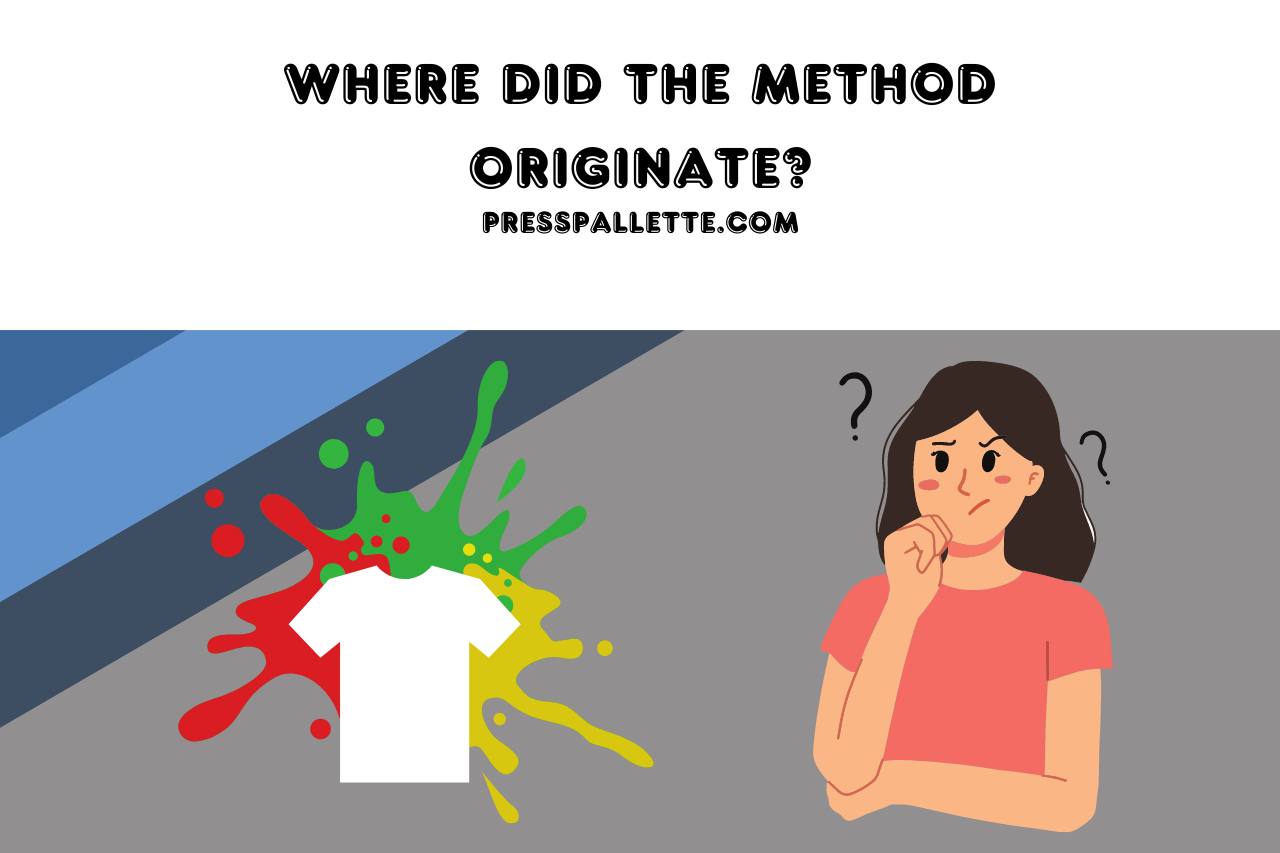
Where did the Method Originate?
It is said that silkscreens date back as long as a thousand years to China. Asia brought the method to Western Europe in the final years of the 18th century, but it wasn’t commonly employed until silk netting became more accessible.
Stencils were employed to design Greek mosaics as well as Egyptian tombs as early as 9000 BC, which is whenever silkscreen printing first appeared.
In China, Buddha pictures were created using stencils from 221-618 AD. By creating a complicated procedure in which a piece of fabric was stretched over an enclosure to act as a container of manually cut designs, Japanese artists transformed the practice of screen printing into a sophisticated art form.
In the fifteenth century, silkscreen printing made its way to the West. Silk was the first substance used for screen printing. Thus, silkscreen printing got its name.
Silkscreens rose to prominence in contemporary art during the 20th century thanks to Pop Art pioneers, notably Andy Warhol as well as James Francis Gill.
Screen printing methods had previously been kept private and were regarded as confidential. Many people had doubts about the art form since it relied on a machine, casting doubt on the conventional notion that art is created by direct interaction between the creator and the material.
How does Silk Screening Work?
A rectangular frame made of timber the size of a T-shirt is the first step in the conventional silk-screening method. You firmly stretch a transparent cloth (at first silk, currently polyester) across this frame. The display is this.
Across this sheer material, place a thin plastic sheet with holes drilled where you would like the ink to show up on the T-shirt. In order to “cut” the openings, you are able to employ a liquid plastic finish that is susceptible to ultraviolet light or a knife, which is a laborious process.
After that, you press the display to the cloth while holding your T-shirt against a flat surface. Using a sponge to apply thick paint on the display, you can get the color to pass through the window and onto the T-shirt.
You repeat this several times for patterns with various colors, beginning with the lightest hue and working your way up to the deepest.
You may also use iron-on printouts as a substitute. These are often available in T-shirt stores around the beach as well as other popular tourist destinations.
A T-shirt with the design you choose is ironed onto it when you are waiting at the store, which may have numerous designs available.
On a paper background, thin thermoplastic inks are used to form the design. The pattern is bonded to the shirt’s material by warming it.
Why Do People Use Screen Printing?
The excellent quality appearance and feel that screen printing frequently produces in its completed items has made it popular. The thick coating of ink used provides a usually crisp, smooth finish since it rests on the highest of the cloth rather than absorbing into it.
Natural materials are the best choice for screen printing since they generally absorb the ink far better than synthetic fabrics. For this reason, silk performs fantastically for screen printing.
Despite the fact that electronic printing has made it possible for us to print more quickly and effectively, printing with screens nonetheless still has importance because of the results it can produce.
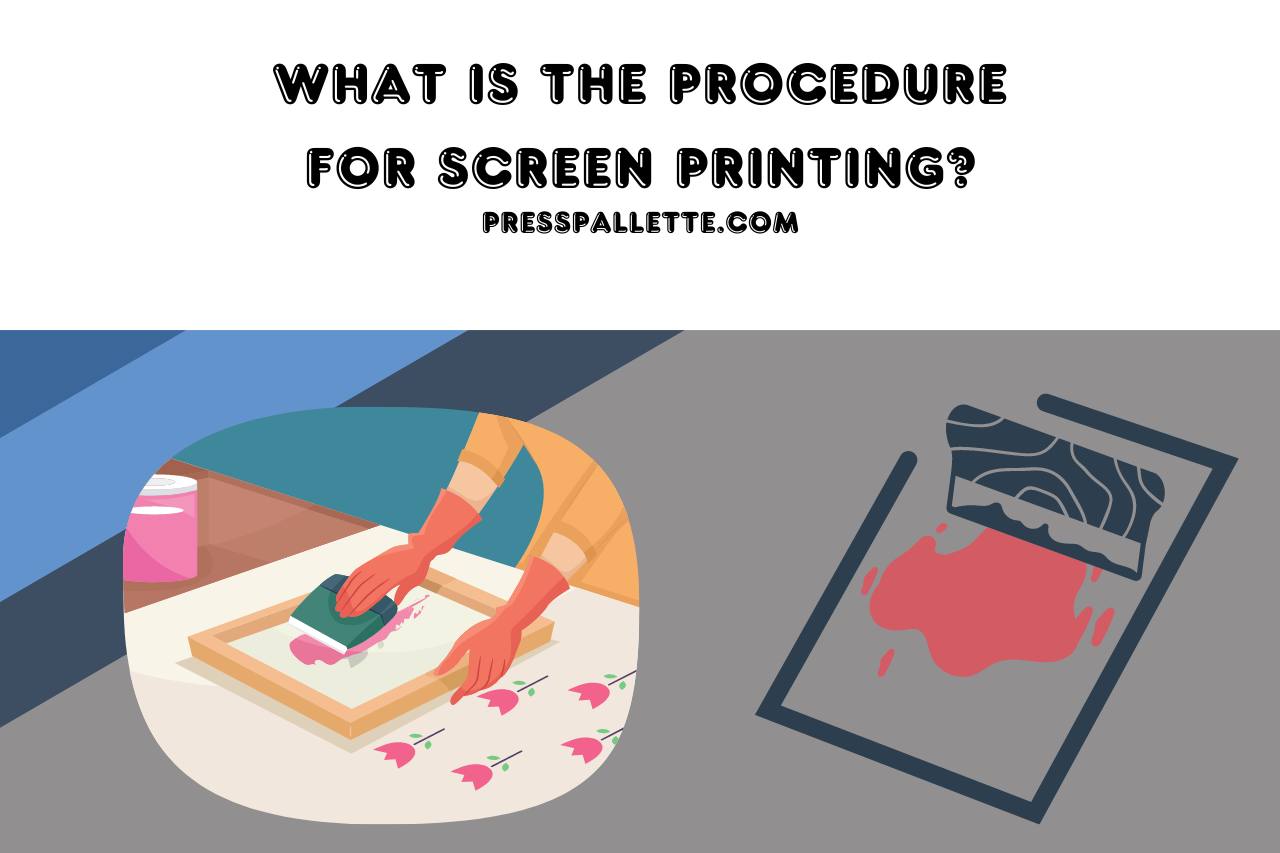
What is the Procedure for Screen Printing?
The Design has been Made
The printer begins by printing the design they wish to appear on the final product onto a sheet of clear acetate. This is going to be utilized to make the stencil.
The Screen has been Set Up
A mesh screening will then be selected by the printer based on the level of detail of the design and the roughness of the cloth being printed. After that, a coating of light-reactive emulsification is applied to the mesh display, which will become harder when produced under strong light.
Exposure of the Emulsion
The emulsion-coated display is then placed on top of the celluloid sheet containing the design, and everything is then illuminated by a powerful light source. The sections of the screen that are obstructed by the pattern stay in liquid form because the light freezes into an emulsion.
The Stencil is Made After the Emulsion is Removed by Washing
The screen’s unadorned regions will have hardened after being exposed for a predetermined amount of time. Afterward, any unhardened emulsified is cautiously washed away. As a result, the layout is clearly imprinted on the display for the pigment to flow through.
After the screen has dried, the printing device will make any alterations or touch-ups required to ensure that the imprint closely matches the initial layout. The stencil may now be applied.
The Document is Ready for Printing
The machine for printing is then set up with the screen on it. The object or garment that will be printed is placed flat on a printing board and positioned beneath the screen.
The Object Gets Touched with the Ink After It has Passed through the Display
The printed board is covered by the screen as it is lowered. A device called a squeegee can be utilized to move the ink throughout the whole length of the screen once it has been put to the top point of the display. As a result, the ink is forced through the stencil’s open spaces and imprints the design onto the item below.
The emulsion is cleaned from the mesh using a specialized cleaning solution so it may be used again to make fresh stencils once all the things are finished being printed, as well as the template has served its function.
The Final Product is Dried, Examined, and Verified
After that, a dryer is used to “cure” the pigment and give the printed item a smooth, colorfast surface.
When being given to its new proprietor, the finished product will be properly examined and cleaned to get rid of any leftovers.
What Benefits Does Silk Screening Offer?
To start, silk screening is ideal for large runs when a lot of prints need to be created, like printing on t-shirts.
High-quality artwork is produced by silk screening at decreasing prices as the quantity of prints rises.
Regardless of the colors or patterns used, silkscreen printing enables you to accurately reproduce your design.
With this printing technique, personalized things are guaranteed to endure longer without the artwork fading or coming off too quickly.
In the instance of textiles, the resulting print may be laundered and used again without the picture fading or going dull.
Watch this one,
Video Credits – Craftsy
You May Also Like

